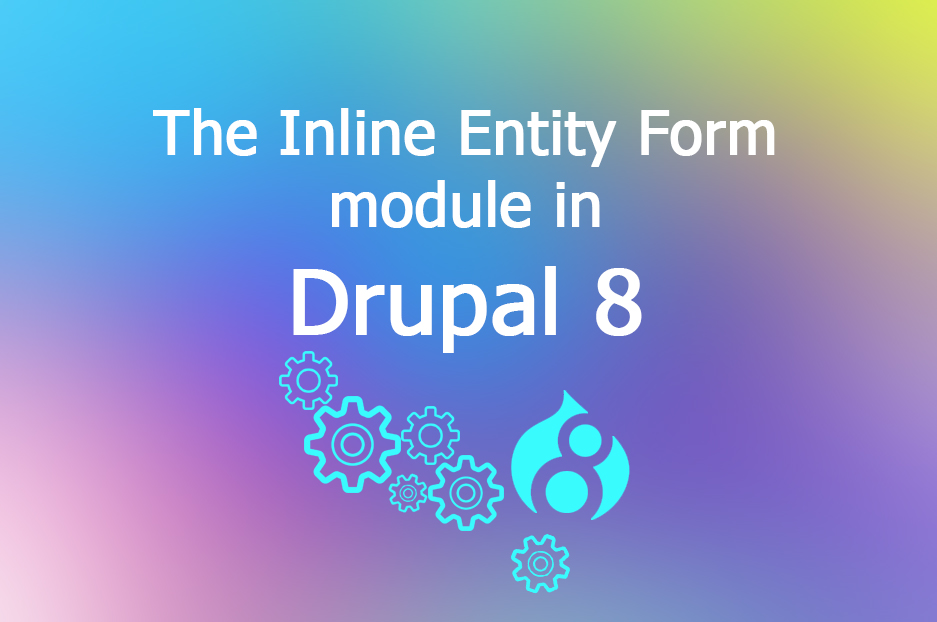Discussing Drupal 8 is so absorbing that we could go on and on about it forever. We’ve already had an opportunity to share brief overviews (1 and 2) of some very useful contributed modules that become available for the latest Drupal version. In addition, we have taken a closer look at how the BigPipe module helps Drupal 8 sites work faster, and in what way Drupal 8 fits into the modern web accessibility standards.
Being fast, convenient, and easy to manage are must-have characteristics of a 21st century website. There should be no extra time or effort required from any website user or administrator for working with it.
This prompted us with an idea for our next blog in the Drupal 8 series. Here is one of the ways to make a Drupal website content editor’s life much easier. It’s called the Inline Entity Form module, and it’s been ported to Drupal 8 earlier this year.
Inline Entity Form will be useful for many sites, but especially for ecommerce websites because it greatly facilitates the work with various product groups.
How does the Inline Entity Form module work?
The Inline Entity Form (IEF for short) lets online content editors easily create, edit and delete referenced entities in the same form — with just a touch. All the changes you make to the entities are saved when you save this main form.
This module solves the problem of overly complicated process logic, when you had to create a node, save it, create a parent node for it, and then link them together.
And, with the Inline Entity Form module, when creating some new piece of content you can also create referenced entities right there in the same form.
Why is it particularly good for online shops?
In online product catalogs, there often are sets of products that vary by certain characteristics like color, size, etc. Each product variation has its own ID.
Without the Inline Entity Form module, you had to first create all these product variations, and only then make a catalog by manually referencing them all on the parent form.
With the IEF, you just need to create your main product, and then you are free to add any other product variations to it without even leaving the page. You can edit them to your heart’s content, and you can even reference them to other existing product nodes.
The Inline Entity Form module: porting to Drupal 8
This valuable module has been ported to Drupal 8 by united efforts of great Drupal developers. The mission was started back in 2014 by Florian Weber, continued about a year later by Janez Urevc, and completed by Ted Bowman, Bojan Živanović and Janez Urevc in February 2016.
The module has been greatly enhanced, with its two widgets changed from Single and Multiple to Simple and Complex and its functionality extended. There is still work to be done, but right now almost 70 thousand sites have this module installed, and their content editors enjoy its benefits.
Not in the same form, but very close, just one click away, is the opportunity to get a nice Drupal website or Drupal module development exactly for your needs ;)
